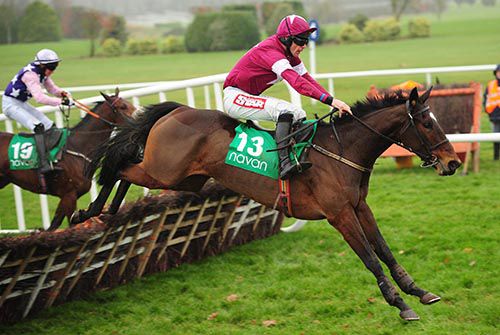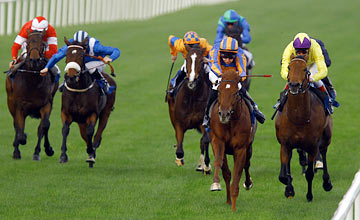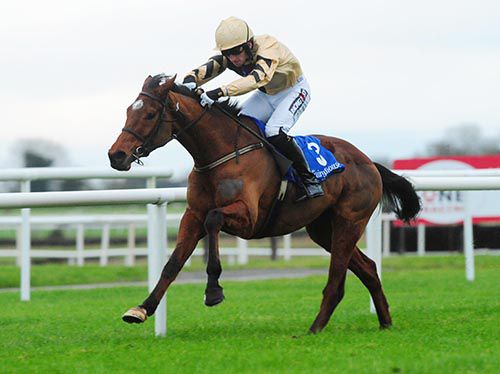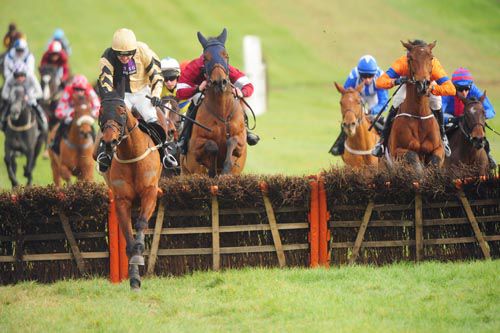
Declaration of War powering his way to Juddmonte International Stakes glory at York. Image copyright of Laurence Squire.
As a three-year-old, Declaration of War was considered classy, but not overly flashy. A victory in the Group 3 Diamond Stakes last year set up the Aidan O’Brien-trained colt for an exciting career at four. However, he would go on to further surpass his connections’ expectations in 2013.
On his seasonal reappearance, Declaration of War won the Listed Heritage Stakes at Leopardstown comfortably. The victory indicated that the son of War Front could be a candidate for the Champions Series’ Mile and Middle Distance divisions, with the JLT Lockinge Stakes at Newbury particularly in mind.
Despite favouritism at the West Berkshire track, Declaration of War, for one reason or another, did not perform to his best on his British debut, ending up 11 and a half lengths behind the future QIPCO Champion Stakes victor, Farhh.
However, the performance did not deter connections.
The Coolmore-owned colt was then aimed at the Queen Anne Stakes at Royal Ascot, where he excelled on the grandest stage of them all.
With a surging run under jockey Joseph O’Brien, Declaration of War stretched three quarters of a length clear of Aljamaaheer to take the Group 1 prize, with eventual Etihad Airways Falmouth Stakes winner, Elusive Kate, three and a quarter lengths back in fourth.
O’Brien would go on to take the four-year-old to Sandown Park for the Coral-Eclipse, finishing second to Roger Charlton’s Al Kazeem, and then to Glorious Goodwood, claiming third place behind Toronado and Dawn Approach in the famous ‘Duel on the Downs’ clash in the QIPCO Sussex Stakes.
It was at York, though, that Declaration of War fully demonstrated why his connections were confident in him.
With Toronado and Al Kazeem both in contention for the Group 1 Juddmonte International Stakes, it was the Queen Anne champion that soared clear on the Knavesmire, beating Jim Bolger’s Irish Derby winner Trading Leather by one and a quarter lengths.
Declaration of War would go on to finish a narrow third in the Breeders’ Cup Classic at Santa Anita, before now being retired to Coolmore’s Co. Tipperary-based stud in Ireland.
The two-time British Champion Series champion is set to stand alongside the world’s best stallions, including Galileo, High Chaparral and Holy Roman Emperor.

Camelot heading to post before winning the QIPCO 2000 Guineas. Image copyright of Racingfotos.com
Enthusiastically glorified as a future champion as soon as he set his hooves in Aidan O’Brien’s Ballydoyle stable, Camelot was always expected to deliver for his eager connections.
His owners, Coolmore, had held back the rights to use his name for ten years, hoping that the horse to eventually don the name of the Arthurian paradise was a superstar. He proved to be just that.
After winning the Racing Post Trophy impressively, the son of Montjeu entered the 2012 British Flat season with a weight of expectancy on his shoulders to perform.
In the QIPCO 2000 Guineas at Newmarket, jockey Joseph O’Brien produced a perfectly-timed ride to help Camelot claim his first Classic success, beating French Fifteen by a neck.
With one British Classic under the belt, and with a pedigree to suggest that he would relish running over further than a mile, the logical next step was a tilt at the Investec Derby.
Being sent off odds-on at Epsom’s famously difficult and undulating track, Camelot cruised to a five-length success to claim the British Flat season showpiece.
The victory meant that an historical bid to be the first horse since Nijinsky in 1970 to take the prestigious British Triple Crown was still on the cards.
A triumph in the Doncaster St Leger would seal his place in history alongside the Vincent O’Brien-trained legend, Gainsborough and Gay Crusader.
However, before running in Yorkshire, Camelot would head to The Curragh to tackle the Dubai Duty Free Irish Derby.
In slightly more testing fashion, he defeated Born To Sea by two-lengths, registering his third Classic win of the campaign.
The victory for Camelot would maintain his unbeaten record on the track.
Though, that record would sadly go at Doncaster.
Heavily backed at odds-on to enter racing folklore, Camelot succumbed to the staying power of Godolphin’s Encke, who beat him by three quarters of a length.
The disappointment at Doncaster meant that the first British Triple Crown in over 40 years was not meant to be.
After a failed attempt in the 2012 Prix de l’Arc de Triomphe to conclude 2012, Camelot would go on to win once more in his career, as a four-year-old, in the Group 3 Mooresbridge Stakes.
As of next season, Coolmore Stud, in Ireland, will be where he will stand as a stallion, along with the likes of Galileo, High Chaparral and new recruit St Nicholas Abbey.
Connections will be hoping he is as successful at stud as his multiple Group 1-producing father.


 By Michael Graham
By Michael Graham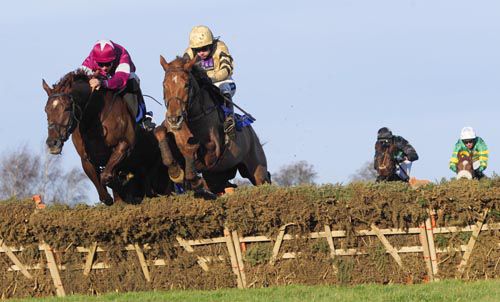



 By Donal Murphy
By Donal Murphy












